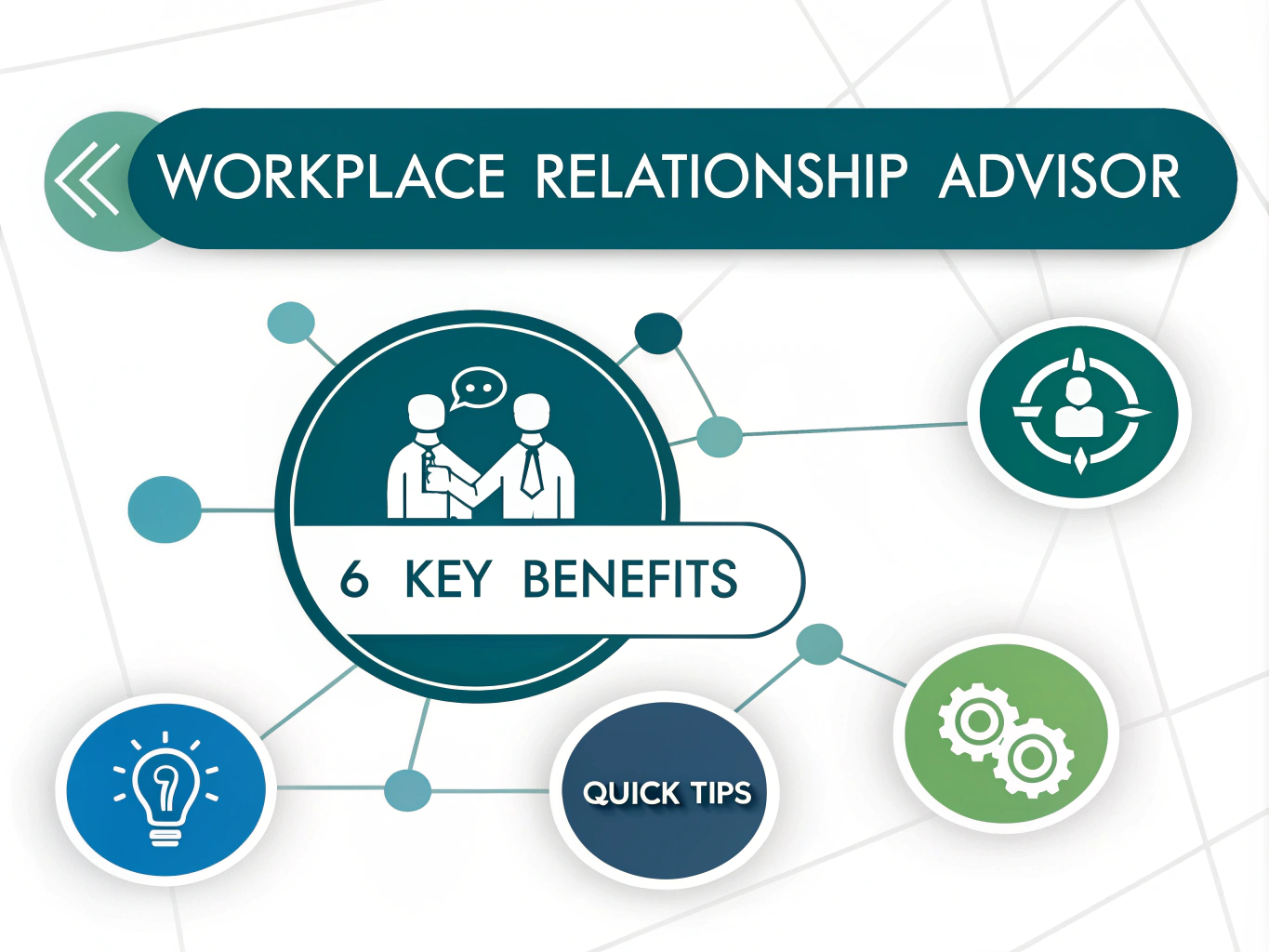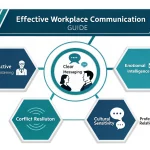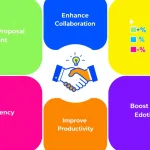Workplace Relationship Advisor
Is this tool helpful?
How to Use the Workplace Relationship Advisor Tool Effectively
Follow these steps to get the most precise and helpful advice from the Workplace Relationship Advisor Tool:
-
Describe your specific workplace scenario: Provide a clear account of a situation or conversation you experienced at work. Be detailed to receive tailored guidance. For example:
- “During a client presentation, I struggled to express my ideas clearly, and the team seemed disengaged.”
- “I noticed tension between two team members affecting our project progress.”
-
Identify the main challenge area you’re facing: Specify the key issue that needs attention. This helps the tool focus its advice on relevant skills. Examples include:
- “Building trust with remote colleagues”
- “Managing disagreements about workload distribution”
-
State your intended outcome (optional): Share what you hope to achieve by resolving this issue. Clear goals help the tool provide advice aligned with your objectives. For example:
- “Encourage open feedback to improve team collaboration”
- “Find ways to handle criticism without escalating conflicts”
- Submit your input and receive personalized advice: Click the submit button to send your information. The tool analyzes your scenario and generates customized suggestions to help you handle the situation effectively.
- Review and apply the advice: Read the recommendations carefully. Use the guidance to improve communication, strengthen relationships, and resolve conflicts in your workplace. Keep notes for future reference as you practice these strategies.
The more detailed and honest you are in your descriptions, the better the advice will fit your needs.
Introducing the Workplace Relationship Advisor Tool: Your Guide for Better Professional Connections
The Workplace Relationship Advisor Tool offers you targeted support to improve collaboration and communication with your colleagues. It acts as a virtual mentor, providing practical advice designed around real workplace challenges you face every day.
This tool focuses on important aspects such as effective communication, empathy, conflict resolution, and emotional intelligence. By tapping into your unique scenarios, it helps you build stronger relationships that enhance teamwork and reduce stress.
Purpose and Benefits
This tool aims to:
- Help you develop stronger interpersonal skills
- Guide you in managing workplace disagreements professionally
- Improve your emotional intelligence in daily interactions
- Support building positive connections with your coworkers
- Reduce workplace stress related to communication challenges
- Boost team collaboration and overall productivity
Practical Applications of the Workplace Relationship Advisor Tool
The tool supports a wide range of professional situations, including:
1. Resolving Conflicts with Team Members
When facing disagreements or tensions, the tool guides you on how to address issues calmly and constructively, focusing on solutions rather than blame.
2. Enhancing Communication with Supervisors
Get advice on asserting your viewpoint respectfully and effectively when discussing project concerns or career goals with management.
3. Navigating Remote and Hybrid Work Challenges
Improve how you build rapport and maintain clear communication with colleagues when working remotely or in hybrid environments.
4. Supporting Diversity and Inclusion Efforts
Use the tool to approach sensitive topics thoughtfully and contribute positively to an inclusive workplace culture.
5. Preparing for Leadership and Career Growth
Enhance your leadership skills by learning how to motivate teams, handle feedback, and manage diverse personalities effectively.
Real-World Scenarios: How the Tool Addresses Common Workplace Challenges
Scenario 1: Managing a Difficult Conversation
“I need to give constructive feedback to a colleague who frequently interrupts during meetings. I worry about straining our rapport.”
The tool advises:
- Choose a private setting to share your feedback calmly.
- Use “I” statements to express how interruptions affect the flow, e.g., “I find it hard to finish my points during meetings.”
- Encourage your colleague to share their perspective.
- Work together on strategies to improve meeting dynamics.
Scenario 2: Addressing Unequal Workloads
“My teammate consistently avoids key tasks, increasing my workload. Confronting them feels awkward.”
The tool suggests:
- Discuss your observations objectively, focusing on specific examples.
- Express the impact on team goals and your own responsibilities.
- Propose solutions, like redistributing tasks fairly or setting up checkpoints.
- Maintain an open mind and invite their input on workload management.
Frequently Asked Questions About the Workplace Relationship Advisor Tool
How often should I use the Workplace Relationship Advisor Tool?
Use the tool whenever you face challenging interactions or need new ideas for improving workplace relationships. Regular use accelerates your skill development.
Can I apply this tool’s advice outside of work?
While designed for professional settings, many communication and empathy skills from the tool apply to personal relationships as well.
Is the advice confidential and secure?
The tool processes your scenarios without storing personal information. Avoid sharing sensitive details about colleagues to maintain privacy.
What if the advice doesn’t fit my situation?
Try rephrasing your scenario or breaking down complex issues into smaller parts. Submit multiple times to get focused guidance on different aspects.
Can managers and leaders benefit from this tool?
Absolutely. Leaders can enhance communication, manage diverse teams, and handle conflicts more effectively using the tool’s tailored advice.
Does this tool accommodate cultural differences in workplace communication?
Yes. Include any relevant cultural context when describing your scenario to receive nuanced and respectful guidance.
Important Disclaimer
The calculations, results, and content provided by our tools are not guaranteed to be accurate, complete, or reliable. Users are responsible for verifying and interpreting the results. Our content and tools may contain errors, biases, or inconsistencies. Do not enter personal data, sensitive information, or personally identifiable information in our web forms or tools. Such data entry violates our terms of service and may result in unauthorized disclosure to third parties. We reserve the right to save inputs and outputs from our tools for the purposes of error debugging, bias identification, and performance improvement. External companies providing AI models used in our tools may also save and process data in accordance with their own policies. By using our tools, you consent to this data collection and processing. We reserve the right to limit the usage of our tools based on current usability factors.







